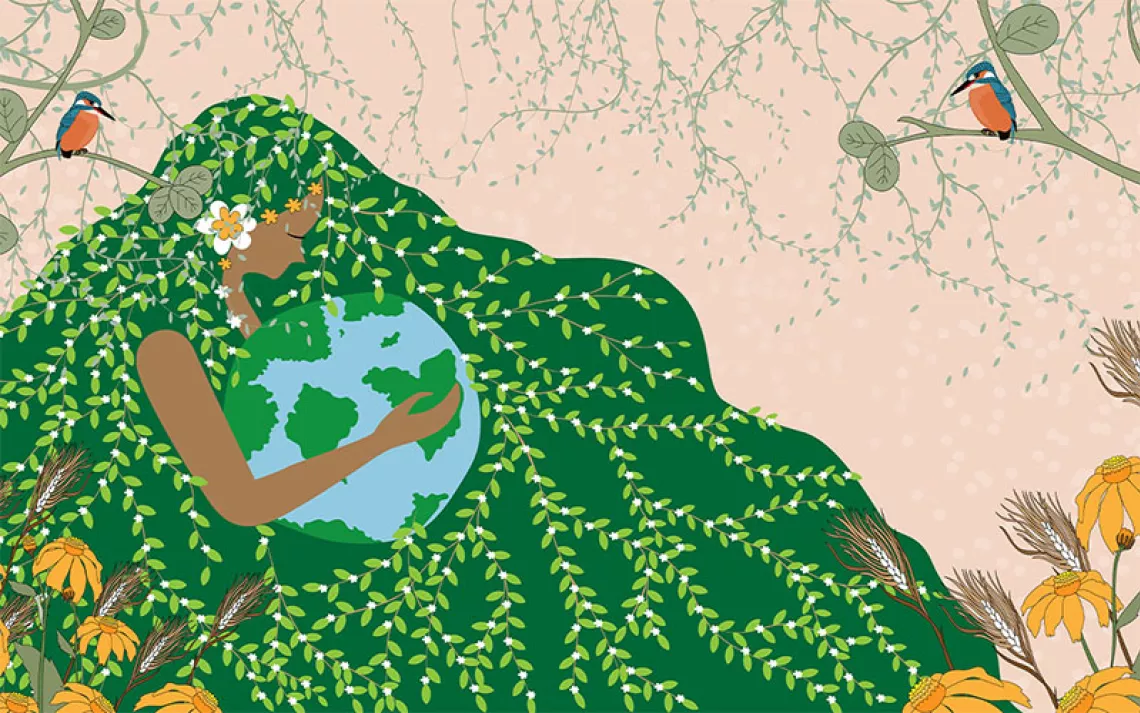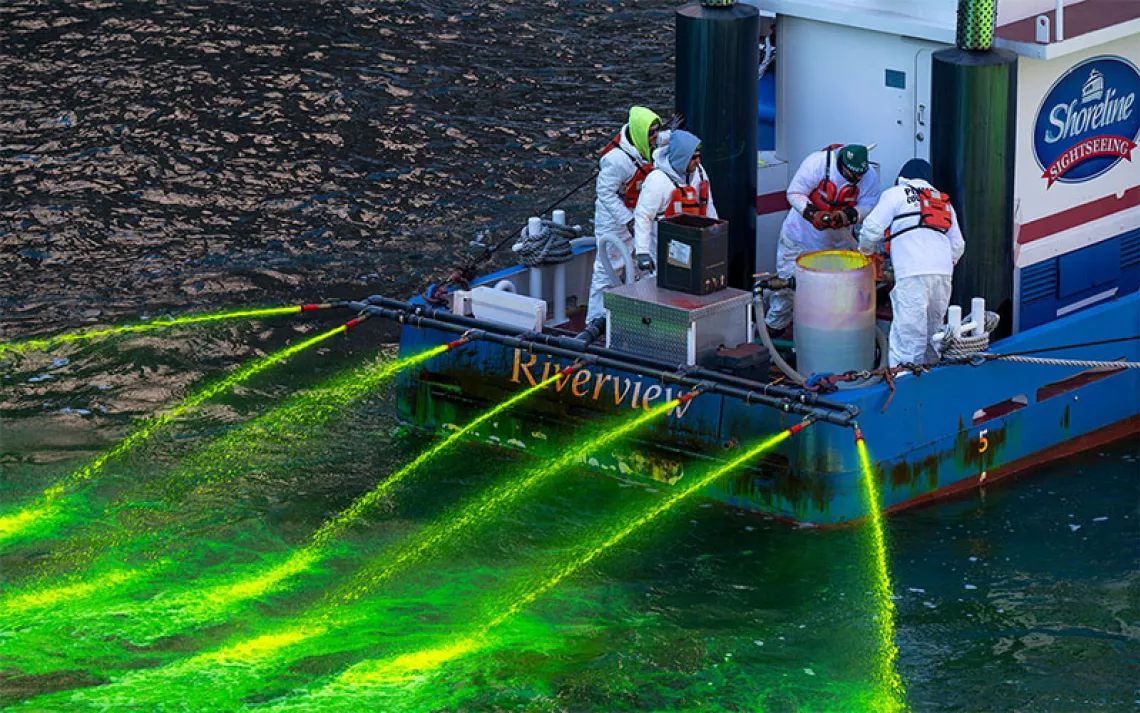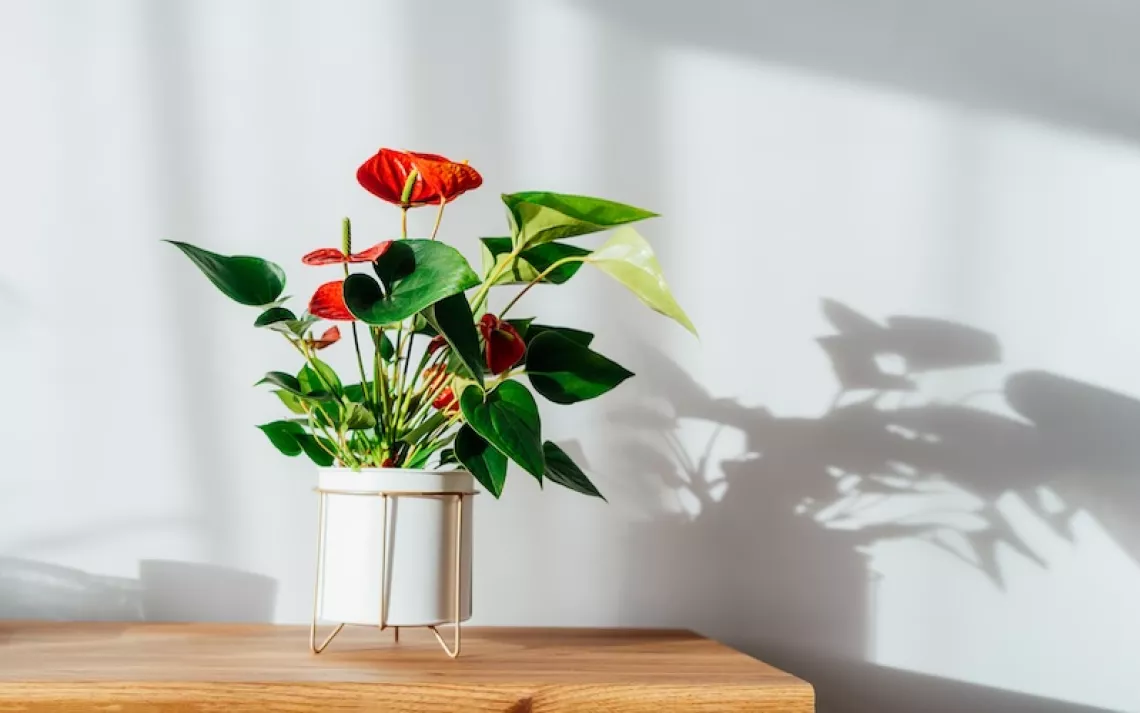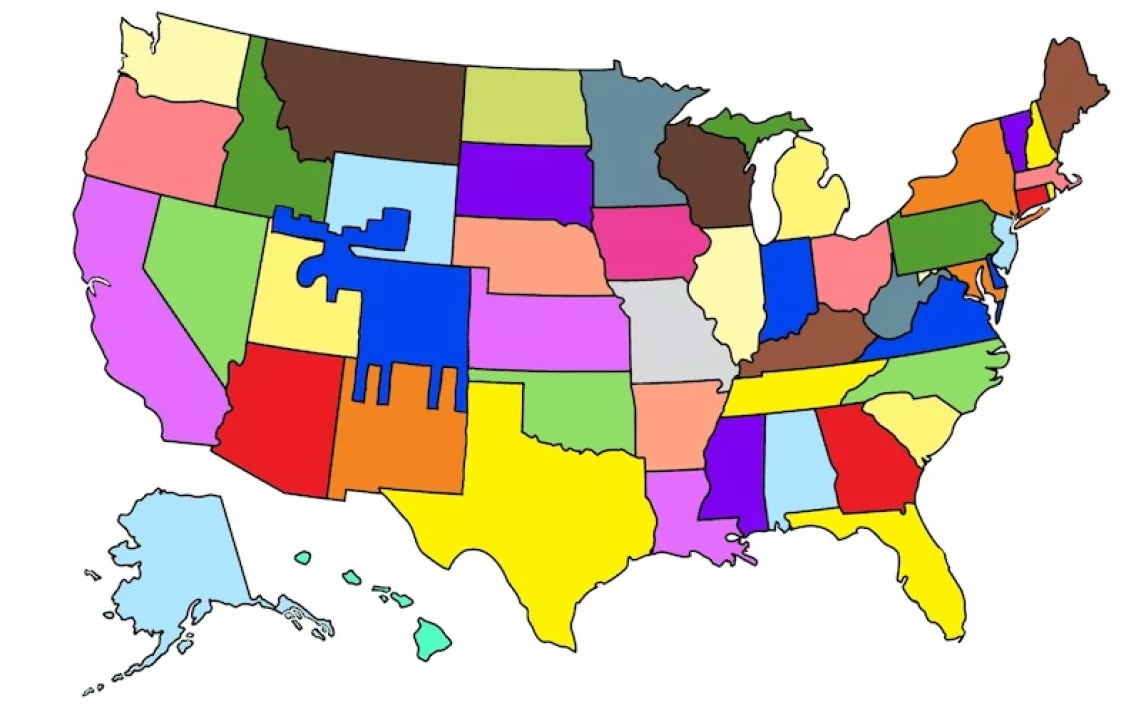The Slow Flower Movement Aims to Create a More Sustainable Flower Industry
As many blooms are grown with excessive pesticides, local flower farmers chart a new path

Illustration by mussbila/iStock
A flower bouquet is a simple yet elegant gift to celebrate holidays and honor birthdays and anniversaries. But seemingly fresh blooms sitting on the kitchen table come from an industry with an often damaging environmental footprint.
Though convenient and affordable, many flowers are grown with large amounts of pesticides and take long, carbon-intensive journeys before reaching a local florist or grocery store. They often are wrapped in single-use plastic that is headed straight for the landfill. They might have their benefits as a gift for a loved one, but they’re incredibly unsustainable—a problem flower farmers across the United States are determined to change by encouraging people to invest more in the local flower scene.
What some are calling the “slow flower movement” encourages buyers to be more mindful of the floral industry’s ethical and environmental footprint. One way to do that is by supporting local flower farms. That also gives community members the opportunity to connect more with native species and natural blooming timelines. “You have flowers being flown in from all over the world and then being sold for a ridiculously low price,” says Mykel Diaz, a local flower farmer in New Mexico. “It’s important to support the local economy and make sure we’re not contributing more to the toxic world of florals.”
Mini Falls Farm is one grower looking to serve its surrounding community. Situated in Chimayo, New Mexico, the one-acre organic farm is run by Lindsey Caviness and Diaz. The duo focuses on growing specialty cut flowers based on the seasons, like colorful zinnias in the summer and heirloom mums in the fall. The farm, founded in 2015, primarily grows flowers from February to November. Caviness and Diaz use caterpillar tunnels to grow and protect over 50 flower varieties. Some of these species, such as anemones and buttercups, might be a bit difficult for a home gardener in New Mexico to grow due to the climate and time needed to care for them. Caviness and Diaz originally focused on wholesale, but after Covid hit, they started to expand their offerings. Now, they offer à la carte flowers for weddings and events, including a DIY option where couples can pick out different individual flowers to create their own bouquet.
“It’s fun to introduce people to new flowers they’ve never seen or heard of,” says Caviness. “I have a really fun time researching and finding new varieties for people.”
Some flower growers, like Baltimore’s Butterbee Farm, focus on providing blooms specifically for local florists. “We have a unique business model,” says owner Laura Beth Resnick. “We sell mostly to florists so no farmers’ markets and mixed bouquets at grocery stores. That means we can grow what they want.” Resnick often has winter and summer meetings with area florists to talk about future needs. While the farm grows everything from snapdragons to tulips, buttercups tend to be a big hit. She accepts that nature has its limits and doesn’t try to push certain varieties to grow in her field or heated greenhouses. “I can’t really grow roses in the mid-Atlantic so I don’t try, but people can grow them on the West Coast,” says Resnick.
Farmer-florist Carolyn Thompson of Willow & Mabel Garden Co. also strives to work with, not against, her region’s climate when choosing flower offerings. “You need to embrace the seasons as they go through,” she says. This is especially so for certain events, like weddings, where requested flowers might not be available. “If they’re not in season, I’m not the florist for them,” says Thompson.
Located in Poulsbo, Washington, Thompson’s farm doesn’t use pesticides and has a salmon-safe certification, which requires that farms use practices that protect watersheds and the salmon that depend on them. Around 50 flower varieties—including strawflowers, bachelor’s buttons, and asters—grow on the farm. Thompson sells them through community-supported agriculture groups and at a locally owned grocery chain. The farm is known for its highly coveted sweet peas and dahlias. “When I take them to the grocery store, they’re already sold before the bucket’s even on the counter,” she says.
It’s easy to romanticize a flower-farming career, but the job isn’t always as magical as it sounds. Growers are responsible for grueling daily tasks and must adapt quickly to nature’s demands. These include closely following fluctuating weather patterns, learning and meeting individual species needs, and monitoring blooms for pests. Last year, an unexpected swarm of grasshoppers wreaked havoc on Mini Falls Farm. “Mykel shop-vacuumed them up and then gave them to the neighbor’s chickens,” says Caviness. “There’s crazy things every year.”
Over 80 percent of America’s readily available cut flowers are shipped in from other countries, with the majority coming from Colombia. In large greenhouses and fields, farmers cultivate these mass-produced flowers with synthetic fertilizers, pesticides, and herbicides—often in unregulated amounts. “When we went to Ecuador to see rose farms, we’d see these people spraying chemicals inside with no masks or gloves on,” says Diaz. “Buying local, you’re not contributing to that toxicity and exposure.” Once the flowers are cut, producers usually refrigerate them and fly them to their distant destination, which can contribute to excessive carbon dioxide emissions.
Locally grown flowers, which often don’t use excessive pesticides and fertilizer, don’t require such an extensive trip.
“You’re cutting flowers and putting them in buckets of water and driving them within an hour and a half of the farm,” Resnick says. “It’s much more sustainable.”
 The Magazine of The Sierra Club
The Magazine of The Sierra Club







